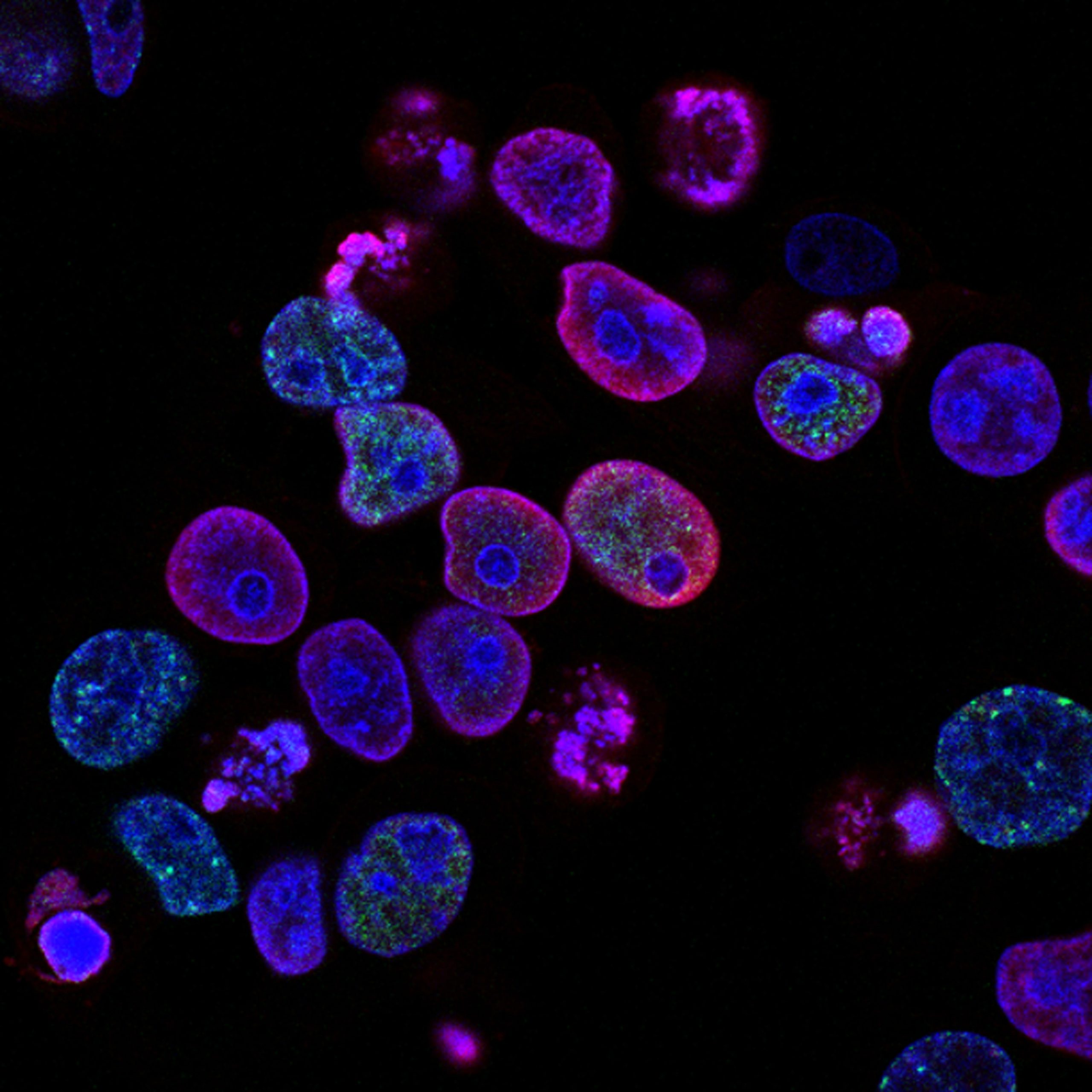
A National Bioeconomy Manufacturing and Innovation Initiative
Summary
The COVID-19 pandemic has devastated the world. In the same year, record fires, hurricanes, and weather wreaked havoc on the United States. These disasters have had devastating economic effects on American lives. To combat COVID-19, foster economic recovery, and address climate change, the United States should implement a National Bioeconomy Manufacturing and Innovation Initiative. The U.S. bioeconomy is composed of healthcare, agriculture, and life-science companies and contributes an estimated 2% of the U.S. GDP. This figure is expected to rise in the coming decade. The bioeconomy also contributes to addressing climate change by reducing U.S. dependence on petroleum-based products and creates American jobs through a growing biomanufacturing sector. Biomanufacturing is the production of products via biological and biosynthetic mechanisms, such as fermentation-based production of industrial ethanol. To fully realize the potential of the bioeconomy, the United States must invest in cross-cutting research and development (R&D) across the areas of healthcare, food & agriculture, energy, environment, and industrial applications. The pillars of this “National Bioeconomy Manufacturing and Innovation Initiative” should focus on (1) cutting-edge R&D, (2) development of fundamental and publicly available tools, and (3) biomanufacturing. The initiative should be coordinated out of the Executive Office of the President via a National Bioeconomy Coordination Office. The initiative should be supported by senior leadership positions at each federal agency with equities in the U.S. bioeconomy, as well as by appropriated funding.
Advancing the U.S. leadership in emerging biotechnology is a strategic imperative, one that will shape regional development within the U.S., economic competitiveness abroad, and our national security for decades to come.
Inconsistent metrics and opaque reporting make future AI power‑demand estimates extremely uncertain, leaving grid planners in the dark and climate targets on the line
As AI becomes more capable and integrated throughout the United States economy, its growing demand for energy, water, land, and raw materials is driving significant economic and environmental costs, from increased air pollution to higher costs for ratepayers.
Preempting all state regulation in the absence of federal action would leave a dangerous vacuum, further undermining public confidence in these technologies.